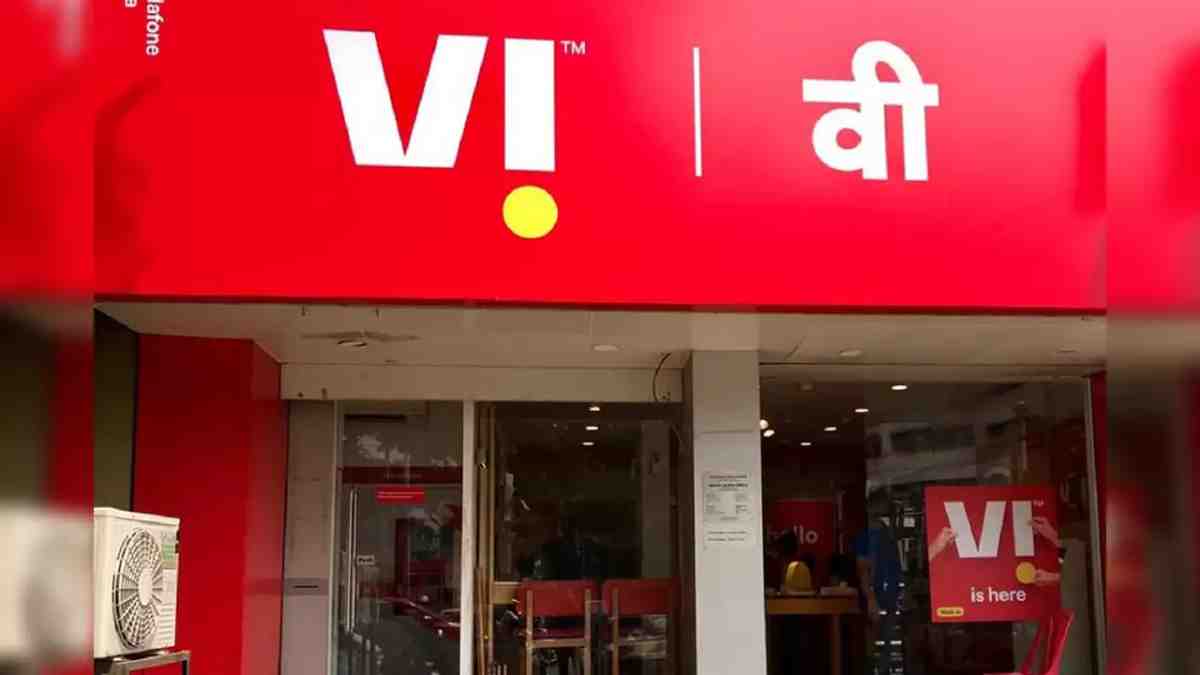
Elara Capital analysts have expressed caution regarding Delhivery’s ability to meet consensus estimates for volume growth and operating leverage. They have initiated coverage on the logistics company with a ‘Reduce’ rating and set a target price of Rs 413. The stock was trading at approximately Rs 409 on the NSE as of 9:20 am on October 4.
While acknowledging that Delhivery is on track to achieve profitability, analysts believe that the likelihood of missing consensus estimates could negatively impact the stock price in the near term. They anticipate Delhivery to achieve EBITDA positivity by FY25 and PAT positivity by FY27, primarily due to high fixed costs related to leased assets. Additionally, early private market investors may choose to sell their shares at incremental price points, increasing the supply of shares in the market.
Elara Capital’s analysts noted the significant investments made by Delhivery to drive growth but do not anticipate these investments yielding short-term results. They explained that Delhivery strategically invested an average of Rs 3 billion annually from FY19 to FY23 to establish a robust pan-India network and advanced technology, aligning itself with high growth expectations.
However, the analysts believe that near-term volume and realization growth may be slower for several reasons, including reduced growth prospects in the B2C express industry, increased competition in the B2B express space, and competitive pricing pressures due to technological disruptions. They also highlighted the risk of excess capacity being added before demand, potentially leading to under-utilization.
Despite the significant $318 billion addressable market in logistics, Elara Capital remains cautious about Delhivery’s ability to achieve scale-led operating leverage benefits. The analysts noted that while Delhivery has an integrated business model covering various logistics sub-segments and a nationwide distribution network, the proof of concept for scale-driven operating leverage is yet to be validated. Recent acquisitions, macroeconomic challenges, and capacity expansion investments have led to increased costs in line with revenue growth, and unit economics have not yet turned favorable.









